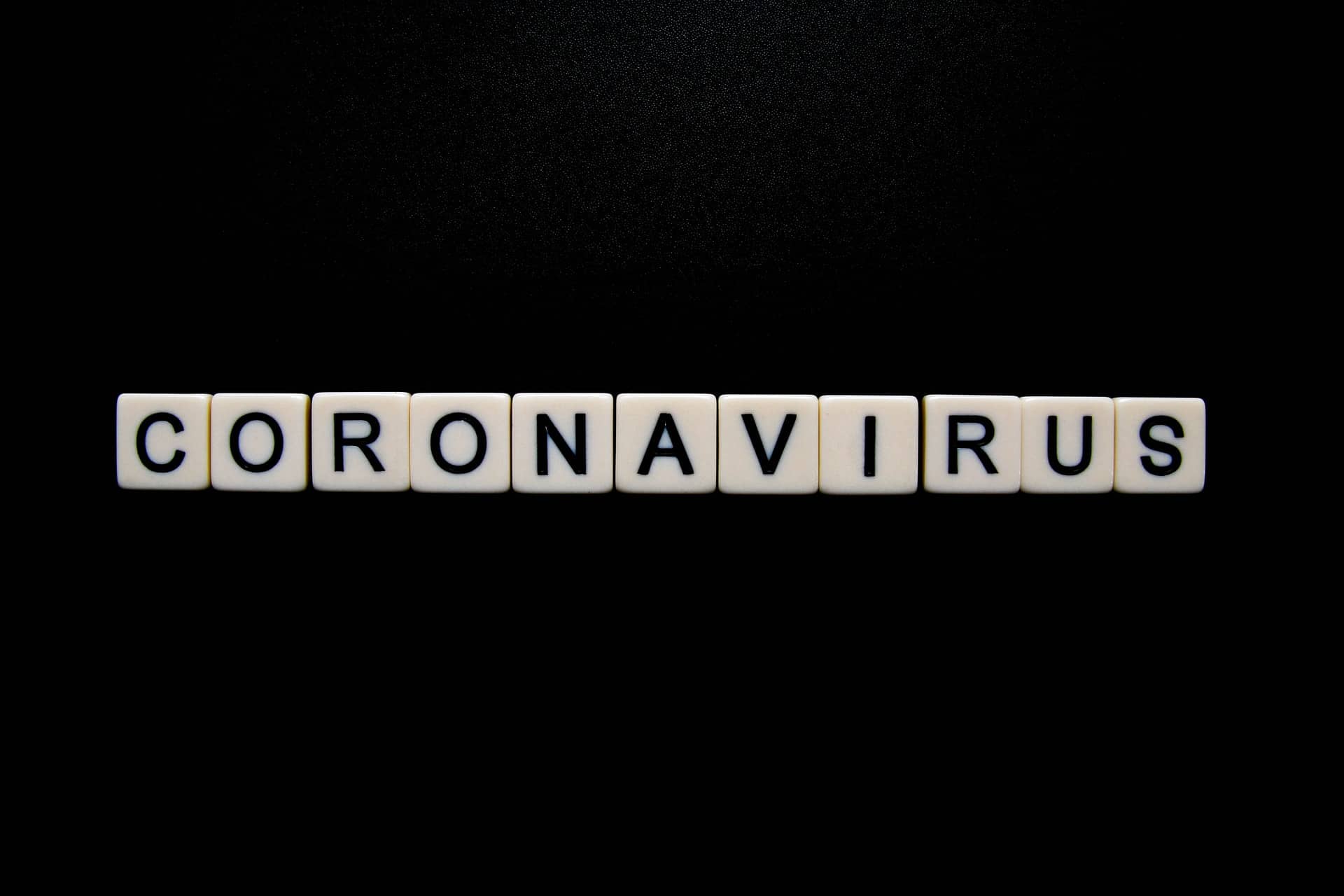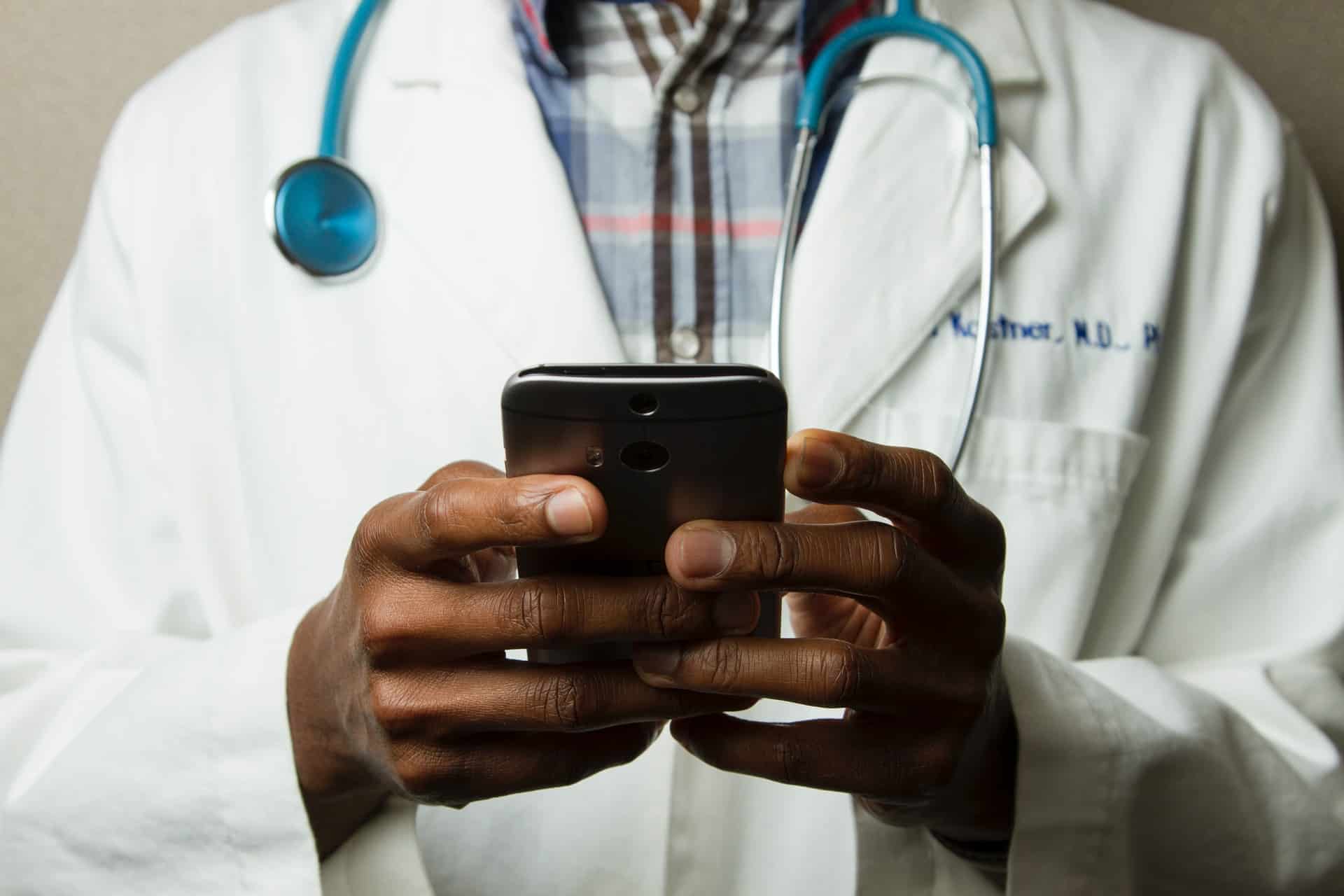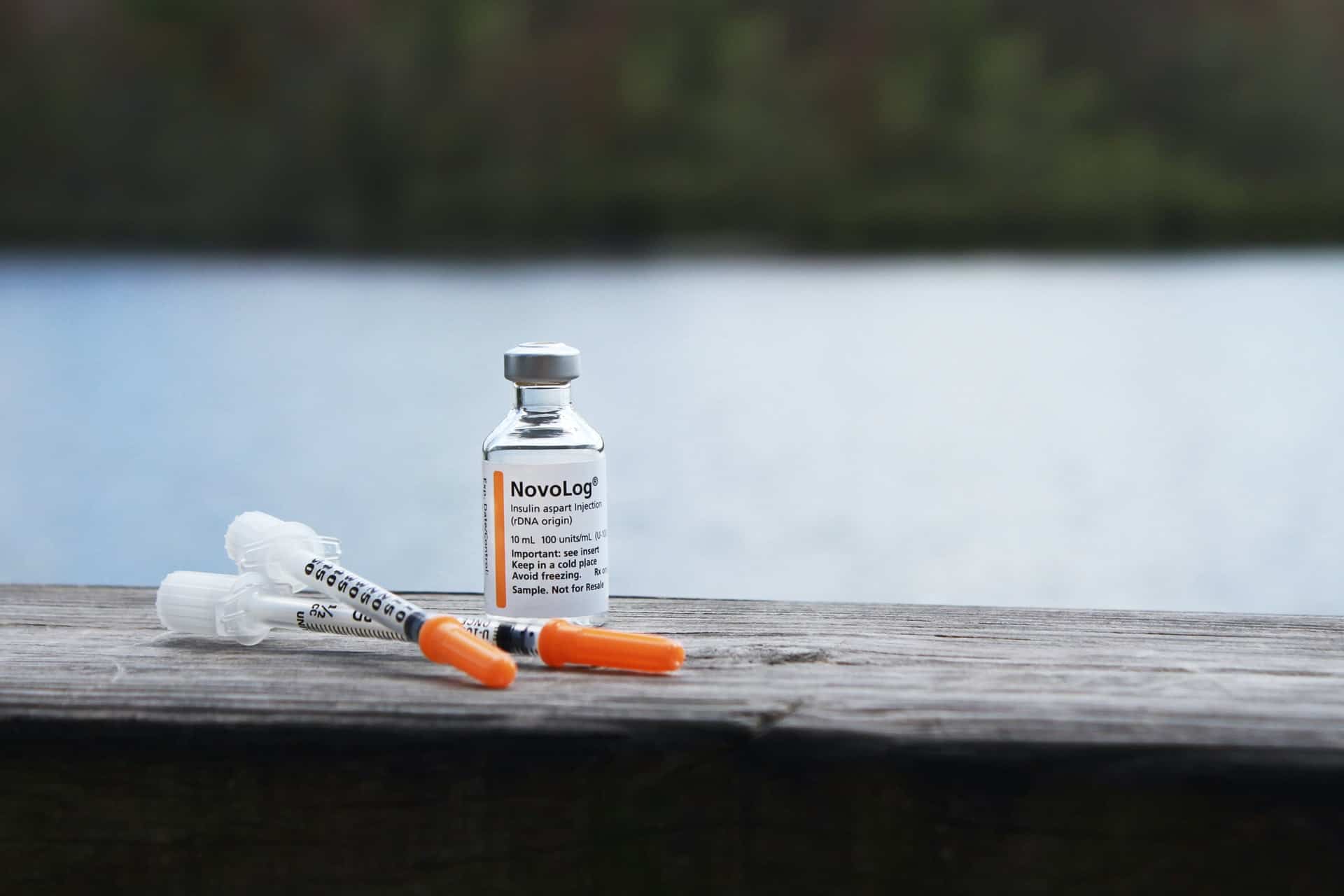As the COVID-19 pandemic continues to command our attention, take too many lives, disrupt virtually all aspects of American society, and inflict socio-economic damage against those least prepared to deal with it, the U.S.’s opioid epidemic has quietly continued its own path of destruction, with fatal opioid-related overdoses now rising in 40 of the nation’s states. According to the latest data from the U.S. Overdose Detection Mapping Application Program (ODMAP), which collects real-time overdose numbers nationally, suspected drug overdoses across the nation have risen almost 18% – nearly a fifth – after restrictive stay-at-home rules came into force in mid-March, when compared with the beginning of 2020, before the coronavirus struck.
“We are going to have a trifecta of bad things happen: increased need decreased resources, and decreased service providers.” – Concerned CEO of a Maryland & Pennsylvania addiction treatment provider

COVID-19, with its restrictive lockdowns, has forced addiction treatment providers to migrate many of their services to “telehealth” (the broad term for online healthcare, and also known as “telemedicine”). In general terms, telehealth services, which were admittedly implemented rapidly by healthcare providers as an ideal solution, are definitely succeeding in bringing easy access to the health professionals that people require. However, addiction treatment is a multifaceted form of healthcare, requiring full engagement between patients and their therapists, clinicians, other professionals, and support groups, and it is becoming clearer by the day that telehealth, as a direct replacement, is not the answer to addictions such as opioid use disorder (OUD), where many sufferers are new to treatment. Here in Washington state, in King County (home to the city of Seattle), the Public Health department has reported that from April to June of this year, fentanyl overdose deaths have risen by 133%, compared to last year. As principal research scientist at the University of Washington Alcohol and Drug Abuse Institute, Caleb Banta-Green, Ph.D., stated, “Telehealth is not the magic solution,” as the majority of people with opioid addiction are not already engaged in care. It’s not just fatal opioid-related overdoses either. Over the last 20 years, bar 2018, the U.S. has continually seen rising drug overdose numbers, from prescription opioids to heroin, and then fentanyl. Now, these steep increases in overdose rates are revealing more and more deaths in cocaine and methamphetamine users, who, unable to access their drugs through their normal supplier, end up buying and using completely unknown products. Many of these overdose deaths are involving multiple drugs too. In fact, an alarming number now feature illicitly manufactured synthetic fentanyl (an exceptionally potent opioid created in labs), with this form of fentanyl now contributing to twice as many overdose deaths as prescription opioids, as the King County data gave above clearly demonstrates. And if all this wasn’t enough, addiction treatment providers are beginning to really struggle financially. Not only has this year already seen American Addiction Centers, the first publicly traded addiction treatment provider, file for Chapter 11 bankruptcy on June 20, but, according to the National Association of Addiction Treatment Providers (NAATP), about 20% – a fifth – of its members, who range from the largest network in the country with 180 treatment centers to individual private clinics – have had to either completely or partially close their facilities. Regardless of its health effects on the general population, COVID-19 is severely disrupting the clinical ability of the addiction treatment industry, either through inappropriate and incomplete telehealth services or through financial distress or both, at a critical time when fatal overdoses across a spectrum of substances, from prescription opioids to methamphetamine, are rising alarmingly with no respite on the horizon, let alone a quick and effective solution.

The Pre-COVID Trials of The Addiction Treatment Industry
Prior to the arrival of coronavirus across the U.S., the addiction treatment industry, like everyone else, has witnessed increasing deaths from drug overdose year-in, year-out, ever since 1999. With the exception of 2018 (which showed a decline of 4.1% due largely to fewer fatal opioid-related overdoses), the number of deaths from drug use has just grown relentlessly. In fact, in the last couple of years, overdose death rates have risen sharply, as these deaths are now involving other illicit substances, such as cocaine and methamphetamine. With no foreseeable or prompt end to the opioid epidemic, and this other sharp increase, the world of addiction treatment had its work cut out even before the arrival of COVID-19. Consider this – less than a fifth of those in need of treatment for SUDs receive the medical care they need. In an industry as fragmented and underfunded as addiction treatment, with no governmental database of official drug rehab success rates, the current state of substance abuse, co-occurring mental health disorders and accidental overdoses appears to be a healthcare mountain far too difficult to climb. With only around one-third of drug rehabs offering medically-assisted treatment (MAT – medications considered vital in opioid addiction treatment), the battle to actually transform and save lives during the opioid epidemic was always going to be an uphill struggle. Then COVID-19 dropped, and the world of healthcare changed forever.

Is Telehealth Just a Placebo for Real Addiction Treatment?
Traditional evidence-based addiction treatment has been forced to give way to socially-distant telehealth – online healthcare – and, with spiking drug overdose rates being seen far and wide, a more informed conversation is now taking place around COVID-19’s true effects on the delivery of professional and timely addiction treatment. More and more medical experts are now questioning the real value of telehealth, by putting aside the obvious financial savings, and actually focusing on its effectiveness through coronavirus-era results and outcomes. With the recent dangerous spike in drug overdoses seemingly indicating that telehealth’s widespread use in the addiction treatment industry isn’t as beneficial as other sectors of healthcare, many are asking the same question: Is telehealth just a placebo for real and traditional addiction treatment? Is it merely a “false medicine,” where the patients believe they are getting medical, therapeutic assistance, but, in reality, the “telehealth pill” has no real benefit?
Telehealth: The Pros & Cons of Virtual Healthcare
Nearly every piece of published and studious research around telehealth (or telemedicine) extols the many benefits of this new online healthcare delivery system. According to this research, telehealth can save money, both for the patient receiving the treatment and especially for the treatment provider, when it is compared to traditional care. However, huge cost savings come with a number of provisos. For the provider, for example, telehealth equipment has to be already on-site and be using the latest technology. For the patient, it’s far simpler – internet access, preferably broadband. Without internet access, telehealth is beyond their reach. The clear advantages of telehealth have been nigh-on celebrated by healthcare providers; here is a quick overview of these:
- Telehealth’s biggest advantage is it cuts costs for all concerned – both providers and patients
- Telehealth was already beginning to replace traditional healthcare in rural areas, where nearly 20% of the U.S. population lives
- Infections and illness rates have declined as virtual appointments avoid the notorious infectious waiting room
- It is far easier for physicians to follow-up with patients after surgeries, prescription use or during a lengthy illness
- Virtual medical appointments take significantly less time
- Telehealth is far more convenient for patients – no transport, lower costs from missing work, it saves time, and it is far better for sick or elderly patients
- Patient cancellation rates are lower, and patients are more likely to actually show up, decreasing the rate of no-shows
- Specialist physicians and consultants can access a far greater number of possible patients, this increasing their patient volume
With the professional and timely delivery of addiction treatment as our focus, let’s now look at the cons – the clear disadvantages of using an online healthcare system:
- Internet Access
Did you know that around 10% of U.S. citizens still don’t use the internet? Telehealth services rely on a good online connection; however, not everyone has that connection, and 1 in 10 certainly don’t. Additionally, if either the patient or the medical professional loses their connection, the appointment stops, lengthening or possibly postponing the appointment. Now consider these demographics in need of addiction treatment – the unemployed, those below the poverty threshold, those with co-occurring mental health disorders, and even the homeless… Is good internet access a priority for them?
- Smart Devices Required
With telehealth, it’s not just an internet connection that is needed – to support telehealth services, a smart device is required, either a phone or tablet or your PC. Somewhat incredibly, in this day and age, 19% of Americans do not own a smartphone.
- Limited Access to Medically-Assisted Treatment (MAT)
In terms of sufferers with opioid use disorder (OUD), medically-assisted treatment (MAT) can be a critical part of a patient’s overall addiction treatment. However, only those physicians who possess an “X Waiver” (a special dispensation to prescribe MAT-related opioids as part of the telehealth service) can provide buprenorphine for opioid addiction. Now care is predominantly online, OUD treatment has been severely affected.
- No Face-to-Face Treatment or Recovery Support
During 2020, in-person addiction treatment has largely been replaced by telehealth, resulting from lockdowns, facility closures and furloughed staff, making it harder for people to connect with both providers and peers. As Shelly Dutch, co-director of a Wisconsin addiction counseling center, stated, “Recovery is (supposed to be) about developing relationships and increasing your network of support.”
- The Generational Problem
For today’s younger generation, digital tech is like a second language, and, with their faster, more hectic work and social schedules, the convenience of telehealth is appreciated far more than by our older generations. In fact, today’s hi-tech can be a severe barrier to elderly patients.
- Physical Assessments Do Have Limitations
When a physician isn’t physically with the patient, their assessments will, to a degree, have limitations, as they can only assess what they see and what the patient informs them. A complete assessment is often not possible.
- Different Legislation in Different States
Because of the novelty of telehealth, having made a huge impact just this year, the federal government has yet to fully legislate on telehealth, with detailed guidelines for its implementation and use. In fact, considering the potential enormity of the service, federal legislation may be a long time coming. As a result of this, different states are currently implementing (and relying on) different regulations regarding the use of telehealth and its reimbursement, as detailed by the Center for Connected Health Policy. This can actually make it difficult to access online care from other locations, even though this is precisely the issue that telehealth is attempting to solve.
- Patient Data Security
Obviously, online medical data and smart devices are susceptible to hacking, making telehealth appointments a possible security risk for patients. With the most successful addiction treatment programs being support-driven and evidence-based, recovering addicts, and patients at the beginning of treatment, are being asked to trust “complete online treatment” with minimal regulation and with no evidential success.
Telehealth’s 100% Dependence on Internet Access Availability
The provision of telehealth services is completely and utterly dependent upon individual patients having high-quality internet access, preferably through high-speed home broadband. The most recent data reports that:
- 1 in 10 Americans don’t use the internet
- Only 73% of people over the age of 65 actually go online
- Only 73% of homes enjoy a broadband connection
- Around 31% of the nation’s homes only have connection speeds of 25 Mbps or less:
- Amounting to around 100 million people, the majority residing in rural areas
In Washington state, rated the 16th most connected state in the U.S., the average connection speed is around 60 Mbps, with 94.6% of Washingtonians having access to wired broadband at 25 Mbps or faster.

The Need for More Naloxone Programs with Increased Access
Clearly, nationwide action needs to be taken now to attempt to reduce this deeply concerning spike in fatal drug overdoses. Although not beneficial to those abusing cocaine or methamphetamine, the number of opioid-related overdoses can be greatly diminished by more widespread employment of community naloxone programs. Overdose is a common danger for opioid abusers, including heroin addicts, and community-based opioid overdose prevention programs that provide naloxone have been highly successful in curbing such risks. However, due to coronavirus, many of these programs, although effective, receive minimal support due to the stigma attached to drug use. These programs have greatly diminished as treatment centers have been forced to close or furlough their staff.
What is Naloxone?
Promoted by harm reduction services, naloxone (brand name Narcan, among others), is a medication that blocks the effects of opioids, and it is normally used to counter overdoses, particularly dangerously decreased breathing. However, naloxone can also be combined with an opioid to decrease the risks associated with the misuse of opioids. With syringe service programs also suffering due to site closures, naloxone is a recognized and government-supported medication that greatly improves harm reduction efforts.

How Northpoint Seattle (& Its Use of Vivitrol) Can Help
Northpoint Seattle, a drug and alcohol rehab facility based in both Bellevue and Seattle, WA., provides a complete range of outpatient programs to treat substance addiction and co-occurring disorders. Importantly, we use naltrexone (not to be confused with naloxone), under the brand name Vivitrol, in our medically-assisted opioid and alcohol addiction treatment. Naltrexone (an injection to be taken only once every 28 days) is a medication shown to reduce cravings, and prevent opiates and alcohol from working in the body on a molecular level. As a result, anyone using opioids or alcohol while using naltrexone do not get the pleasurable effects they’re used to when abusing these substances.
